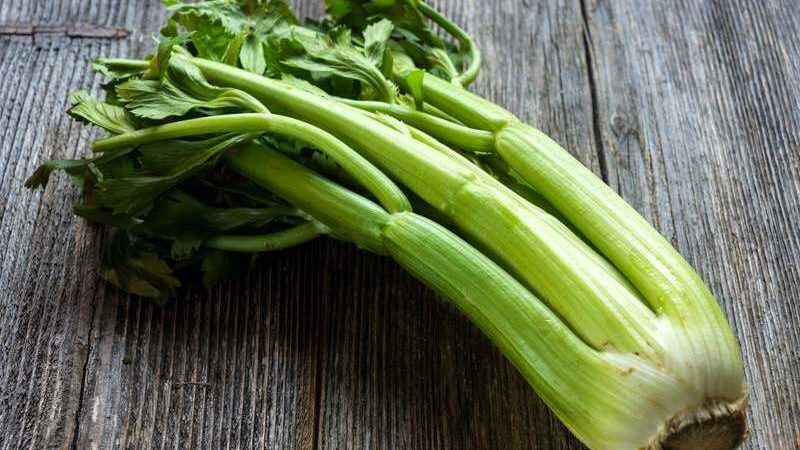
It is possible to use the celery powder or other vegetable that has nitrate naturally present in its composition to replace curing salt in the curing process of meats, such as sausages, sausages and salami?
Celery powder is a great source of nitrate and this proves that vegetables contain a large amount of nitrate naturally in their composition, consequently we consume this compound daily even without eating a single meat sausage. However, the element that acts on the conservation, color and flavor of meat is nitrite and not nitrate. Nitrate has to be converted to nitrite during the curing process. This conversion can occur through human saliva (which does not help in this case) or with the action of bacteria generally present naturally in the meat flora. But it is a slow and gradual process and that is why curing salt 2, which is used in long cures such as salami and coppa, contains nitrate in addition to nitrite, so that the curing and protection process is prolonged for the time in which the meat it dries out and matures. Therefore, to use celery (which only contains nitrate) it is recommended to add a culture that guarantees this conversion (or reduction) of nitrate into nitrite.
How much celery powder to use in natural healing?
One of the biggest dilemmas is quantity. How much celery should I use? Does organic celery contain more nitrate than celery produced with pesticides? These are issues that need to be taken into account.
The recommended use can vary greatly, in general you can use between 0.45% and 0.9% of celery powder over the total weight of the meat. Which would contain somewhere around 100 to 200ppm of nitrate.
It is important to keep in mind that using industrial curing salt or celery does not make any chemical difference as the compound is the same. There are those who prefer to make their products without additives for fear of health risks, but if that is the issue then there is no chemical difference between the vegetable compound or that obtained in an industrial process.
The guidance from the Ministry of Agriculture, Livestock and Supply (MAPA) for meat sausages is to use curing salt within the established quantities. It is an additive approved by health bodies practically all over the world. Botulinum toxin, generated by Clostridium botulinum, is the most potent toxin that exists. The sodium nitrite in the curing salt is precisely the compound that inhibits the proliferation of this bacteria. It is not without reason that MAPA requires the use of curing salt in the majority of sausages sold. There is a risk and nitrite is an additional guarantee of protection!
If you are going to make sausage at home and consume it immediately, then there is no need to use curing salt or celery. But in smoked, matured or products intended for commercialization it is not advisable and in most cases not even permitted to be prepared without the protection of curing salt (nitrite).
What is the most potent poison in the world?
“It is botulinum toxin, a protein produced by the bacteria Clostridium botulinum that causes botulism, a rare food poisoning, but which can be fatal... in humans, the lethal dose of botulinum toxin is only 0.4 nanograms per kilogram. One nanogram is equivalent to one billionth of a gram. In other words, to annihilate a young man weighing 50 kilos, for example, it would only take a ridiculous 20 nanograms of the compound!“
source: https://super.abril.com.br/mundo-estranho/qual-e-o-veneno-mais-venenoso-do-mundo/
What is the mode of transmission of botulism (botulinum toxin)?
“Foodborne botulism occurs due to ingestion of the toxin present in contaminated and/or improperly preserved food. The most commonly involved are meat products and vegetable preserves produced by artisanal or homemade methods. “
http://www.saude.sp.gov.br/resources/cve-centro-de-vigilancia-epidemiologica/areas-de-vigilancia/doencas-transmitidas-por-agua-e-alimentos/botulismo.html
Studies on the use of vegetables in natural healing
Celery powder
Celery was the first vegetable used as a source of nitrate for alternative curing of meat. From the beginning it was added in powder form, but advances in science have led to the improvement of this product. One study investigated the effect of micronized celery powder (particles smaller than 10 microns) on curing pork sausages. The different sizes of ingredient particles (265 μm, 68 μm and 7 μm) showed different results. The researchers reported that celery powder with larger particles was more efficient in curing, while powder with smaller particles tended to improve the oxidation of the sausages. None of the texture parameters in the sausages were affected by the particle size of the celery powders;
Spinach Extract
One study analyzed the effect of fermented spinach extracts as a source of pre-converted nitrite on the development of curing color in slices (2 cm thick) of pork loins. The most significant results were the development of the curing color and the degree of fat oxidation in the meat slices. The luminosity and yellow intensity values of the samples with spinach extract were higher than those of the control samples (with and without nitrate). However, red intensity values increased in cooked cured meat samples as the extract level increased, whereas yellow intensity reduced in the presence of increasing extract level. Oxidation (evaluated as thiobarbituric acid reactive substance values or TBARS) of samples with spinach extract decreased with increasing percentage of added extract. Thus, meat cured with 30% fermented spinach extract resulted in the lowest TBARS values of all treatments (0.18±0.02 mg MA/kg) and only slightly higher than the control treatment cured with nitrite (0.12±0.05 mg MA/kg). Furthermore, the viable bacteria counts of the samples cured with the extracts ranged from 0.34 to 1.01 Log CFU/g. Neither E. coli nor coliform bacteria were observed in any of the samples cured with extracts or with nitrite (control). The researchers concluded that fermented spinach extract can be added to meat products to improve curing characteristics;
Radish powder
Radish has a high content of nitrates (between 1,878 and 6,260 ppm), as well as bioactive compounds such as ascorbic acid, polyphenols and flavonoids. In one study, the effects that different concentrations of radish powder would have and the incubation times on the physicochemical properties and pigments of alternatively cured meat were investigated. The experiment was divided into seven groups, with different concentrations of radish powder and different incubation times: control (0.01% of sodium nitrite), treatment 1 (0.15% of radish powder and 2 hours of incubation), treatment 2 ( 0.15% of radish powder and 4 hours of incubation), treatment 3 (0.30% of radish powder and 2 hours of incubation), treatment 4 (0.30% of radish powder and 4 hours of incubation), treatment 5 (0.30% of celery powder and 2 hours of incubation) and treatment 6 (0.30% of celery powder and 4 hours of incubation). Among the scientific discoveries, it is highlighted the fact that, although the intensity of red was not significantly different between any of the alternative cure treatments and the nitrite control, those samples with 0.30% of radish or celery powder demonstrated a increase in nitrite content, nitrosylhemochrome content and curing efficiency when the incubation time was increased from 2 to 4 hours. Among the meat products cured with radish powder, treatment 4 demonstrated the greatest increase in residual nitrite content, nitrosylhemochrome content and curing efficiency, but demonstrated the lowest lipid oxidation. The results suggest that increased horseradish powder concentrations and longer incubation times would be more suitable for manufacturing alternatively cured meat products comparable to traditionally cured products treated with synthetic nitrite;
Swiss chard solution
The average nitrate content in chard can range from 560 to 3,400 ppm, according to research from different sources. Therefore, a study aimed to analyze the possibility of using pre-converted chard as a source of natural nitrite for cured meat without the direct addition of sodium nitrite. In the research, freeze-dried chard powder was used, which was obtained from a supplier in the local market, diluted with distilled water, and the chard solution at 10% (w/v) was incubated with a commercial initial culture of Staphylococcus carnosus only. , at 37°C, for 24 hours. Immediately after incubation, the chard solution, now fermented, was used to form different brines and create different treatments to cure pork loins. Among the most relevant scientific discoveries, the researchers reported that the oxidation of pork loins, measured in levels of thiobarbituric acid, reduced as the level of chard fermentation in the formulations increased; no significant differences were found between treatments in relation to sensory characteristics of flavor, chewiness or juiciness, nor in relation to the general acceptance of pork loins. However, the color of the analyzed samples increased significantly with the increase in the concentration of chard fermentation added to the loins. The researchers concluded that chard used in this format (yeast) is a viable alternative to replace sodium nitrite as an alternative curing agent.
References
KIM, T.-K.; KIM, Y.-B.; JEON, K.-H.; PARK, J.-D.; SUNG, J.-M.; CHOI, H.-W.; HWANG, K.-E. & CHOI, Y.-S. Effect of fermented spinach as sources of pre-converted nitrite on color development of cured pork loin. Food Science of Animal Resources. vol. 37, no. 1, p. 105-113, 2017.
KIM, T.-K., HWANG, K.-E.; SONG, D.-H. et al. Effects of natural nitrite source from Swiss chard on quality characteristics of cured pork loin. Asian-Australasian Journal of Animal Sciences (AJAS). vol. 32, no. 12, p. 1933-1941, 2019.
RAMACHANDRAIAH, K. & CHIN, KB Antioxidant, antimicrobial, and curing potentials of micronized celery powders added to pork sausages. Food Science of Animal Resources. vol. 41 1, p. 110-121, 2021.
BAE, SM; CHOI, JH & JEONG, JY Effects of radish powder concentration and incubation time on the physicochemical characteristics of alternatively cured pork products. Journal of Animal Science and Technology. vol. 62, no. 6, p. 922-932, 2020.
-
 Curing salt 1R$ 8,00
Curing salt 1R$ 8,00 -
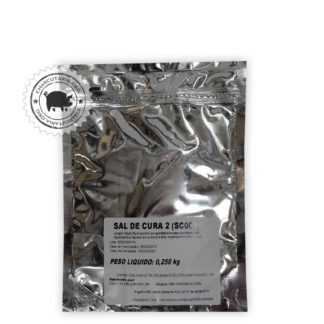 Curing salt 2R$ 8,00
Curing salt 2R$ 8,00 -
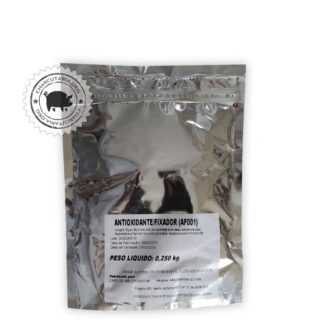 Fixative AntioxidantR$ 23,00
Fixative AntioxidantR$ 23,00 -
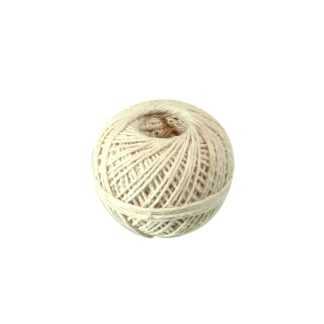 Culinary twineR$ 7,90
Culinary twineR$ 7,90 -
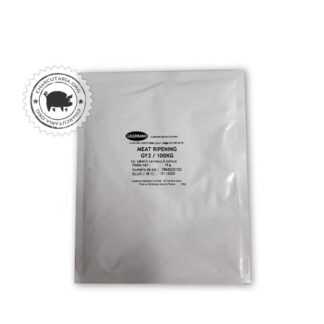 Starter CultureR$ 69,90
Starter CultureR$ 69,90 -
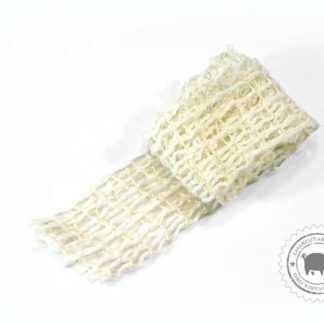 Culinary elastic net 50mmR$ 15,00
Culinary elastic net 50mmR$ 15,00 -
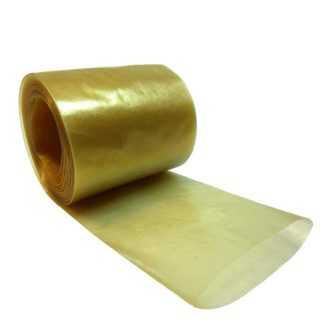 Collagen casing 45mm roll 5 meters salamiR$ 25,00
Collagen casing 45mm roll 5 meters salamiR$ 25,00 -
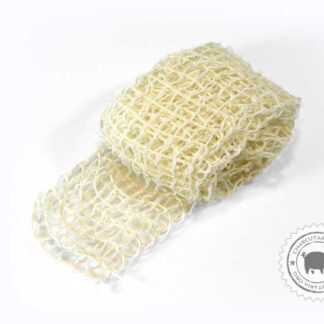 Culinary elastic net 65mmR$ 18,00
Culinary elastic net 65mmR$ 18,00 -
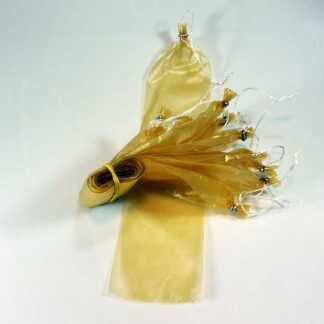 Salami collagen casing 45mm 10 units tiedR$ 22,00
Salami collagen casing 45mm 10 units tiedR$ 22,00 -
 Collagen casing 80mm cup and salamiR$ 29,90
Collagen casing 80mm cup and salamiR$ 29,90 -
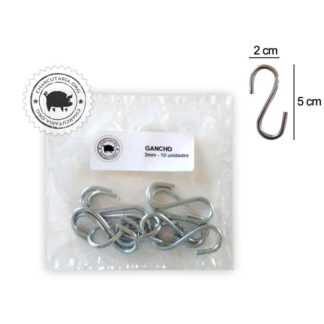 Galvanized HookR$ 12,00
Galvanized HookR$ 12,00 -
 Salami collagen casing 50mm 10 units tiedR$ 24,00
Salami collagen casing 50mm 10 units tiedR$ 24,00


Hello, just to inform you that the photo in the post is not celery but celery.
If I want to make a burger with chicken meat, is it possible to use celery powder to cure it? Would it be healthier to use celery?
Hi Leticia. Yes, you can use celery as a source of nitrate in the meat curing process. The chemical compound is the same, so it is difficult to say that because it comes from a natural source it is healthier. The chemical structure of the compound is identical. What changes is the origin, natural or industrial.
One person wanted me to make “bacon” without curing salt for her daughter who is allergic. Complicated isn't it?! I thought about making a regular smoked dish without curing it, but I couldn't leave the fat out, right?!
Yes, you can leave the fat. But if she is allergic to nitrite then she cannot use celery or any other substitute as the component is the same. Curing salt is additional protection, especially against botulism, but as it cannot be consumed, do without, smoke the pork belly at 80ºC until the internal temperature of the meat reaches 70ºC.
Good morning. What is the shelf life of fresh and smoked sausages in which salt and curing are used?
Take as a reference the similar products you find on the market. In the refrigerator (+4°C to +8°C), well packed, it can last for 30 days. Opened packaging will last 7 days
Good morning. Can you tell if there is any physical characteristic in the meat contaminated with botulinum toxin, such as a strong smell, specific color, etc. Or a sausage considered normal may contain the toxin. This is a constant doubt. Thanks.
Botulinum toxin has no smell or taste, and it is not possible to know in advance whether the food ingested is contaminated or not. Botulism is very rare and you need to be aware of the symptoms. The neurological symptoms of botulism usually begin with blurred vision or double vision, eyelid paralysis, dilated pupils and limited eye movement.